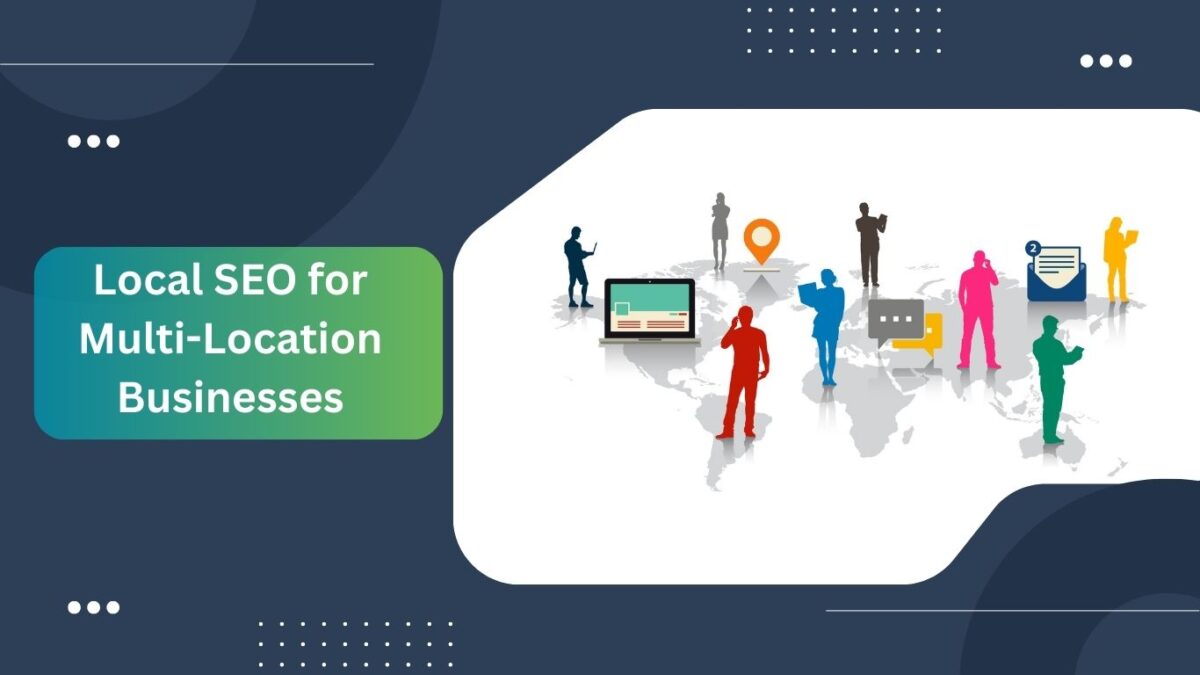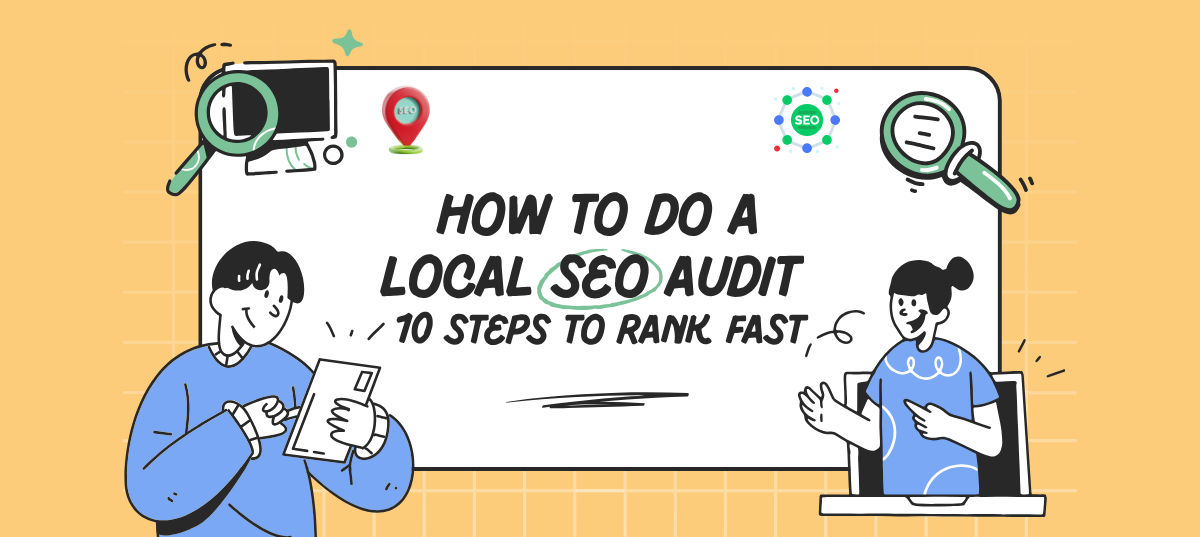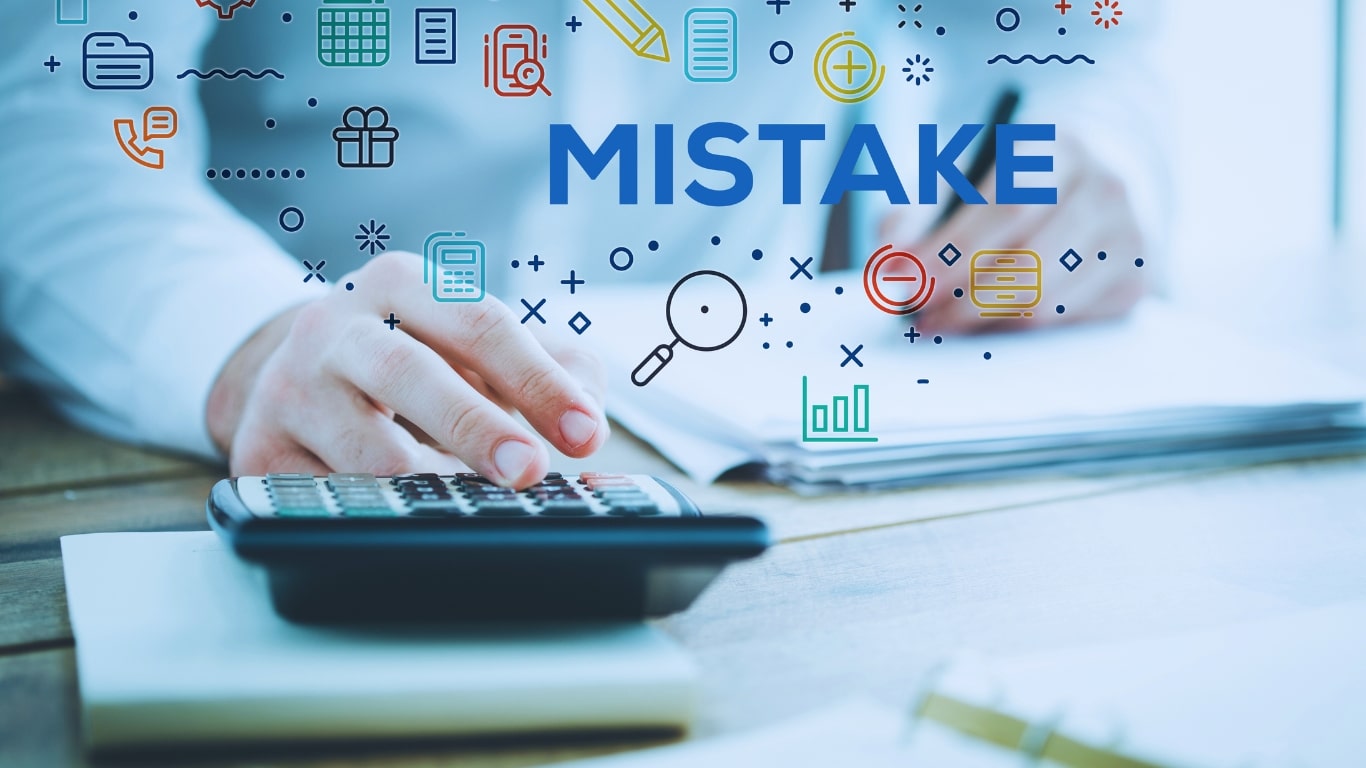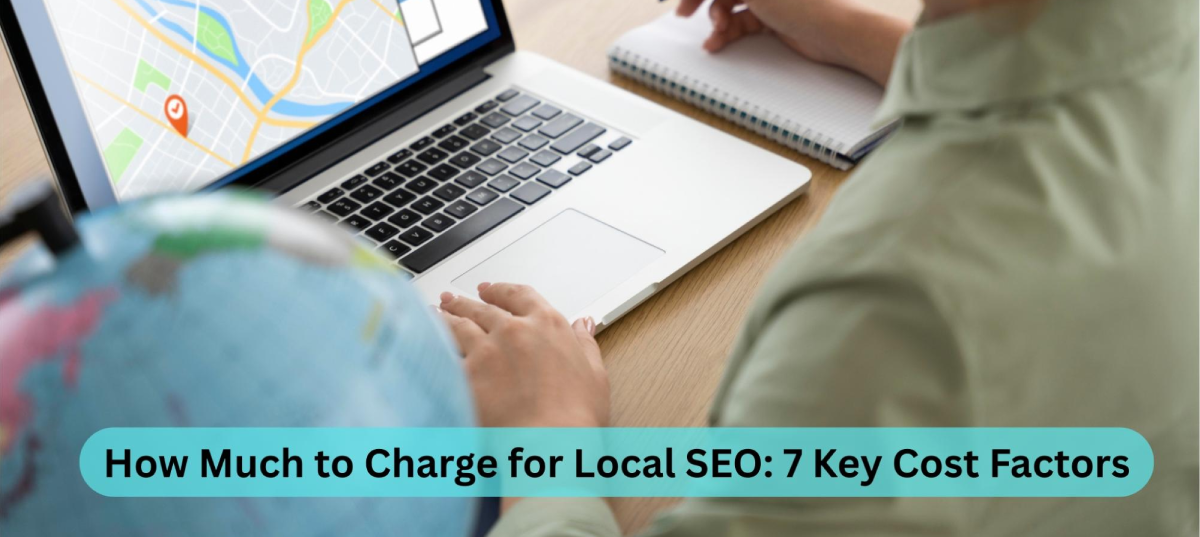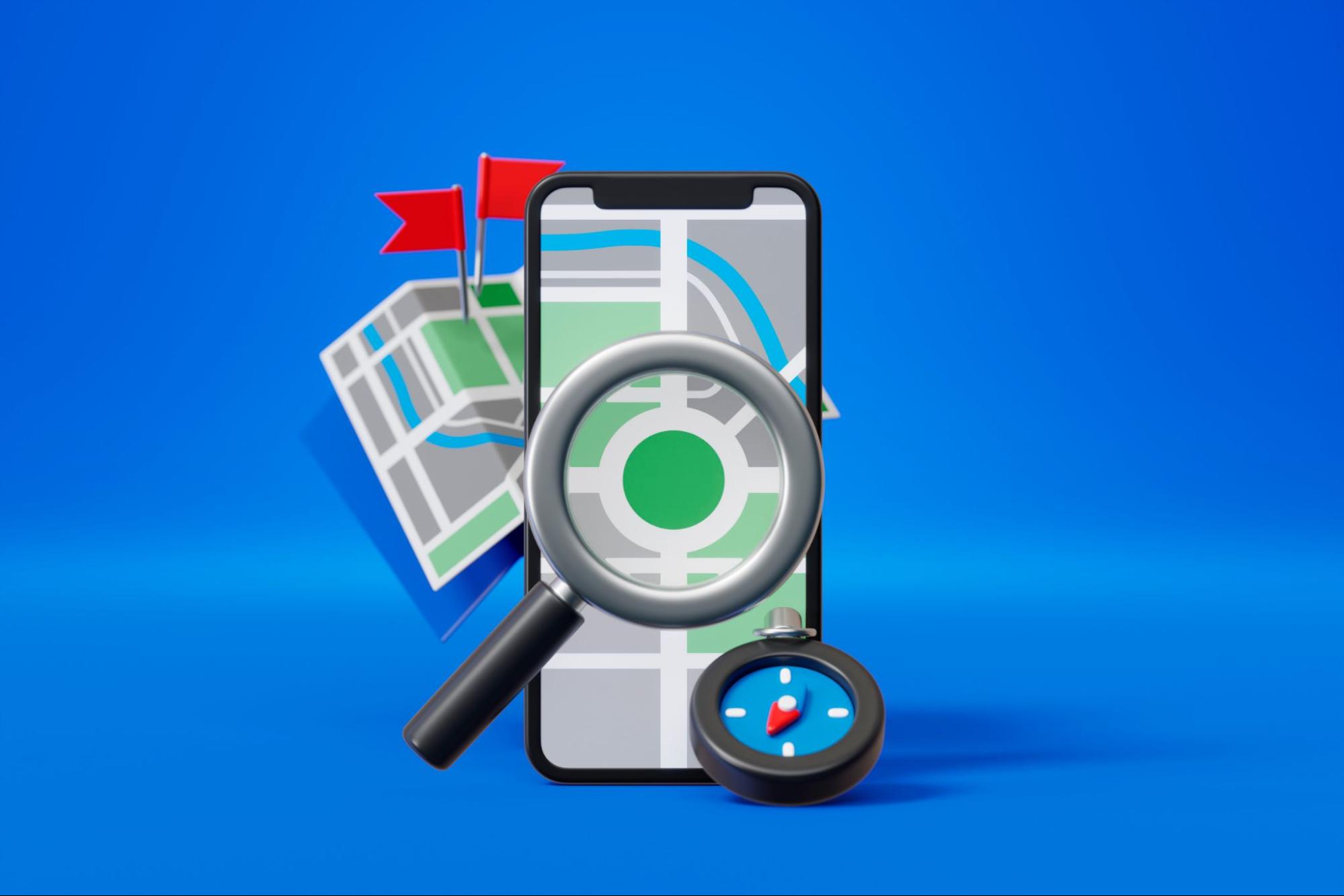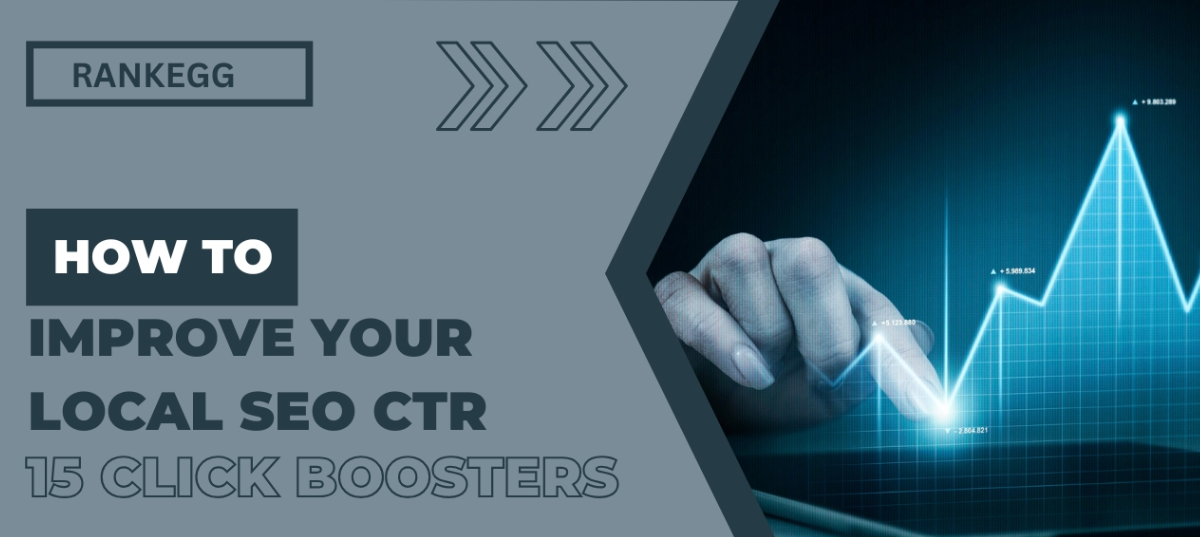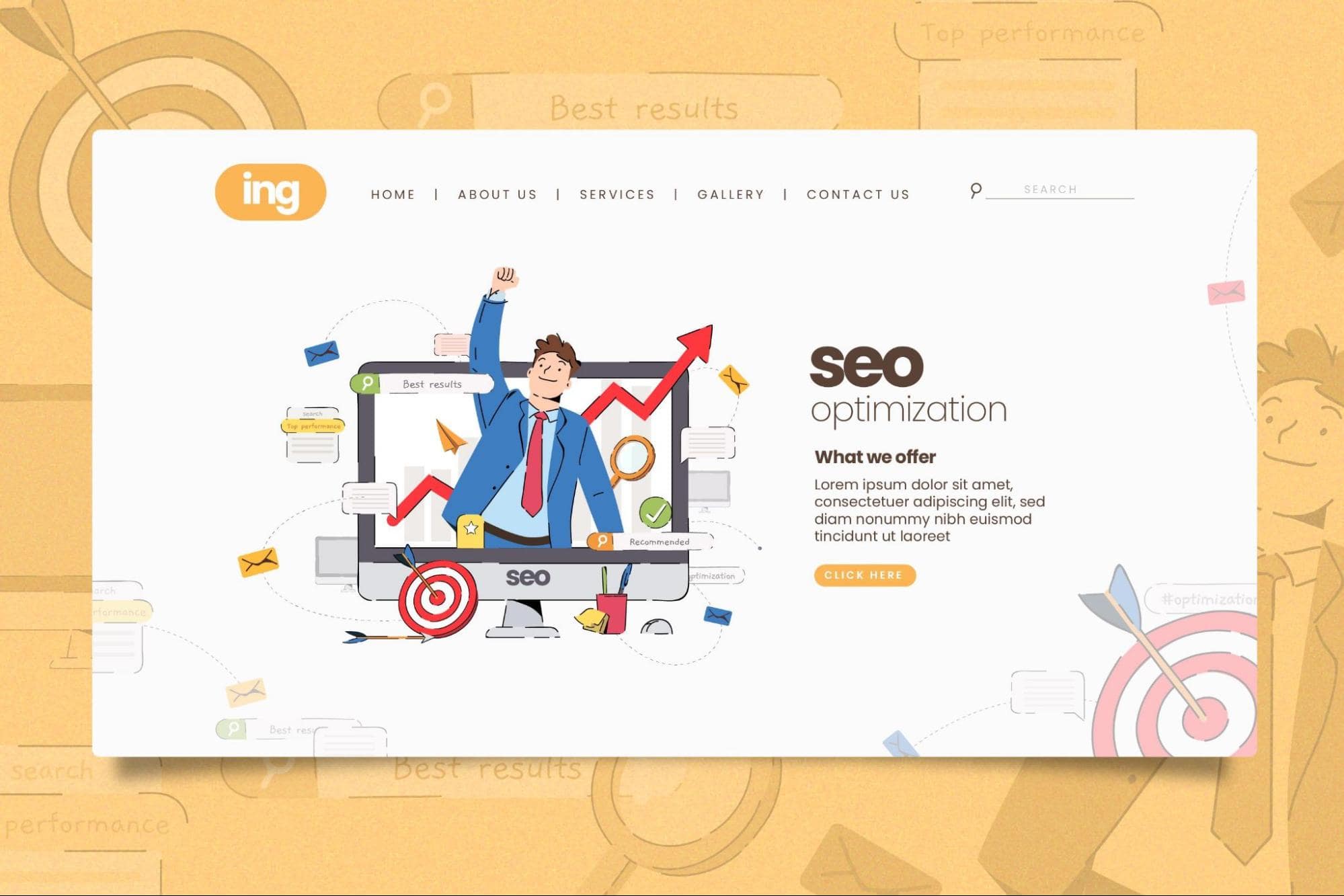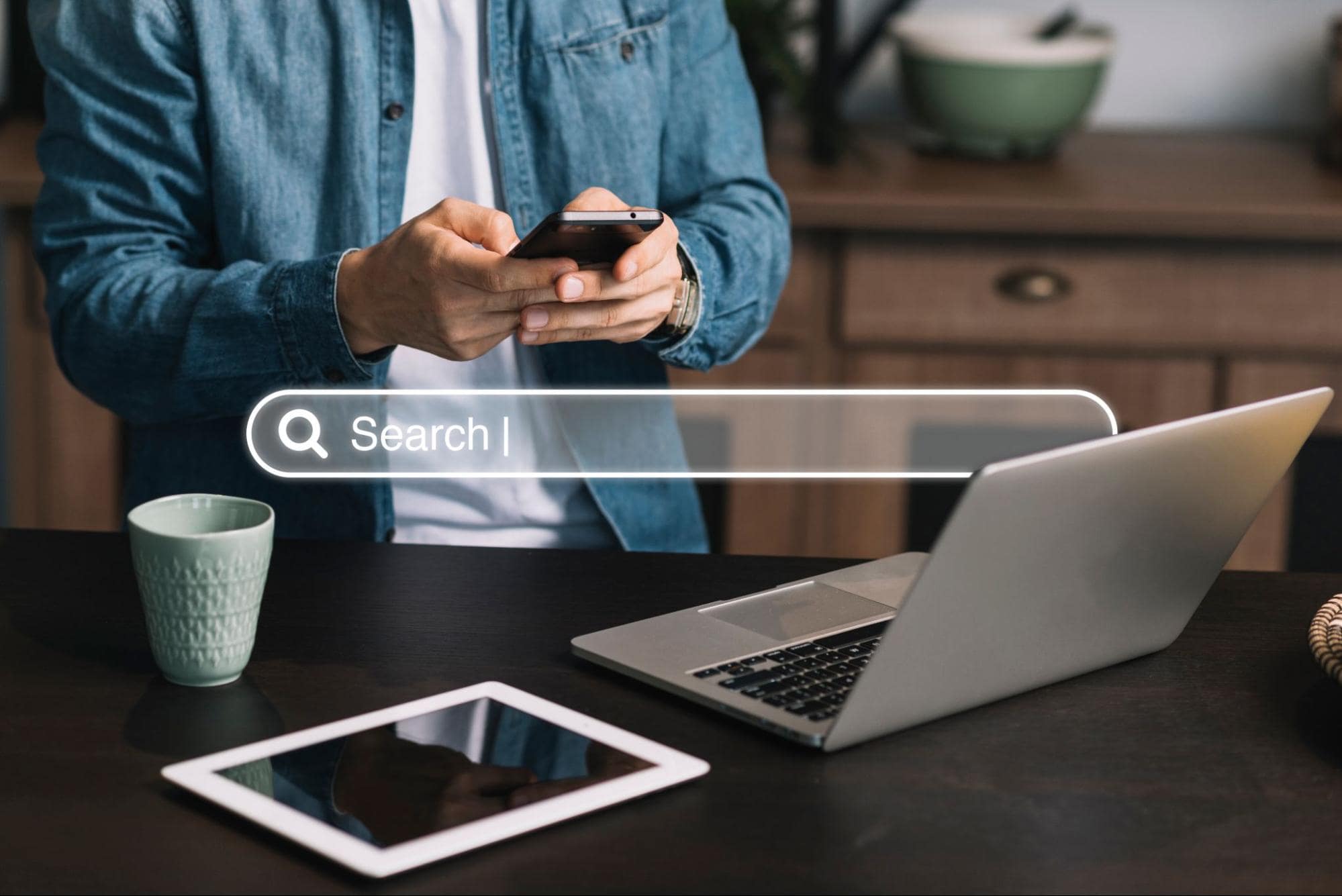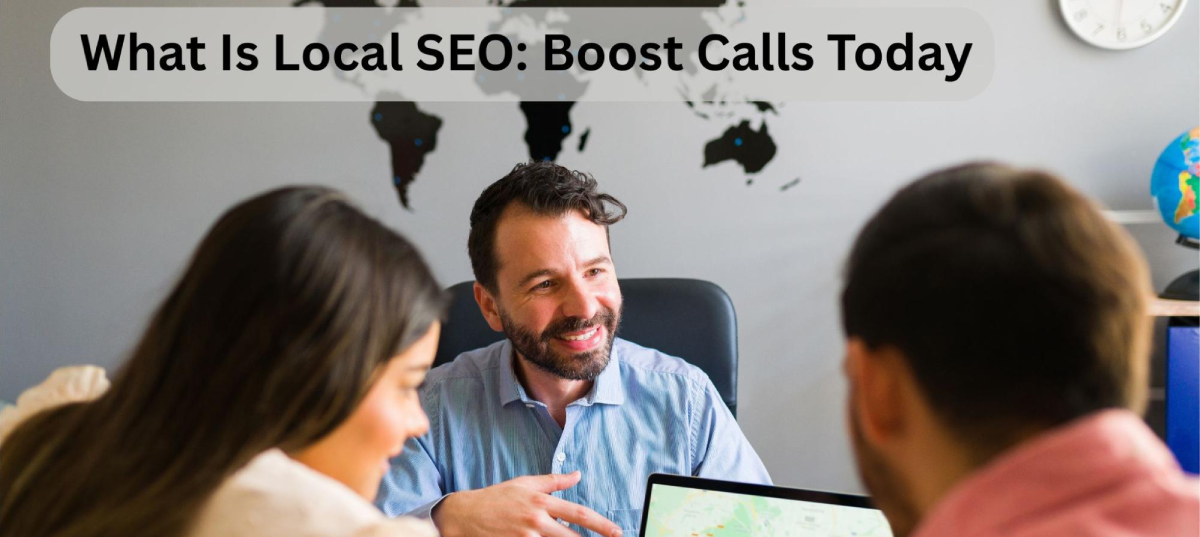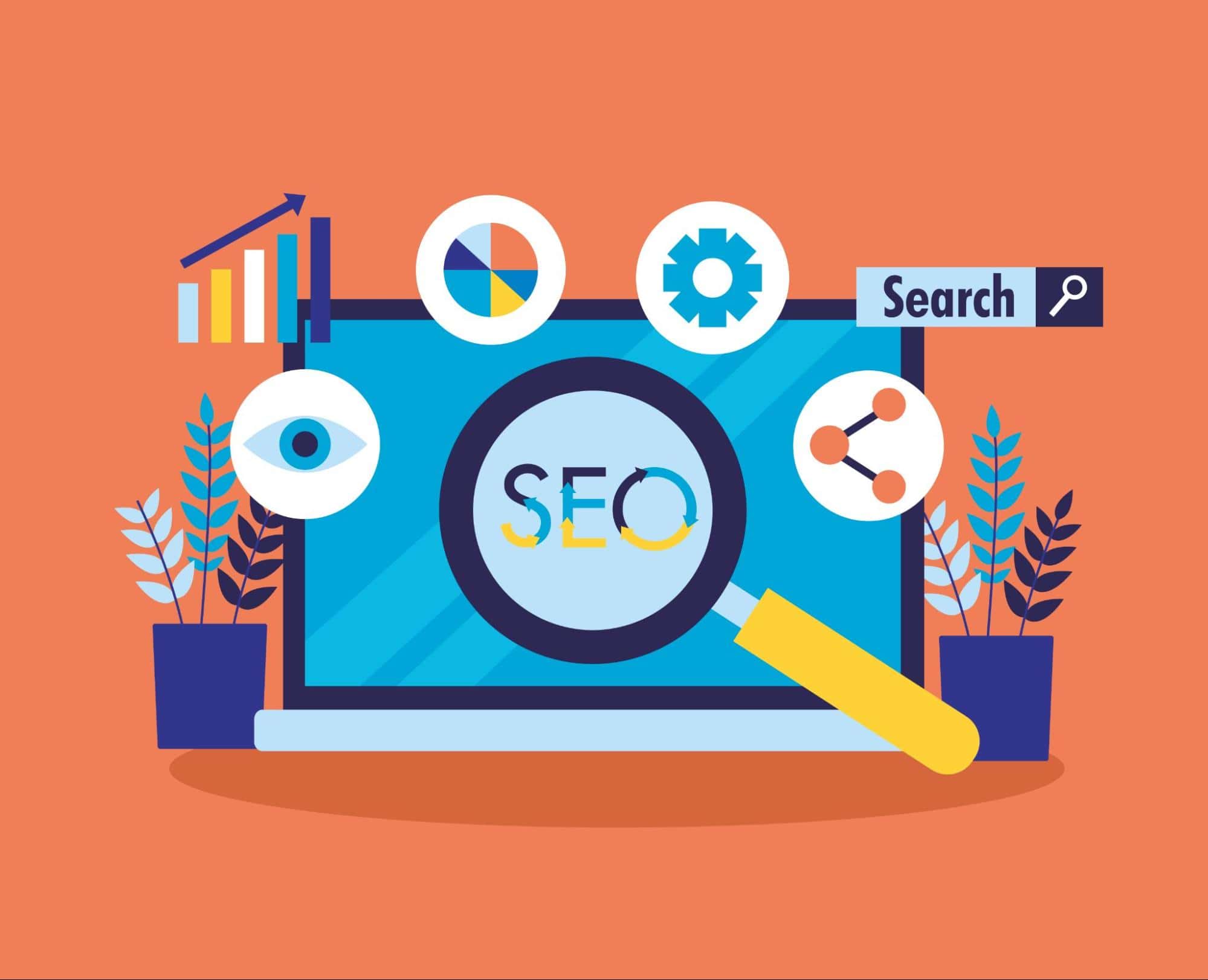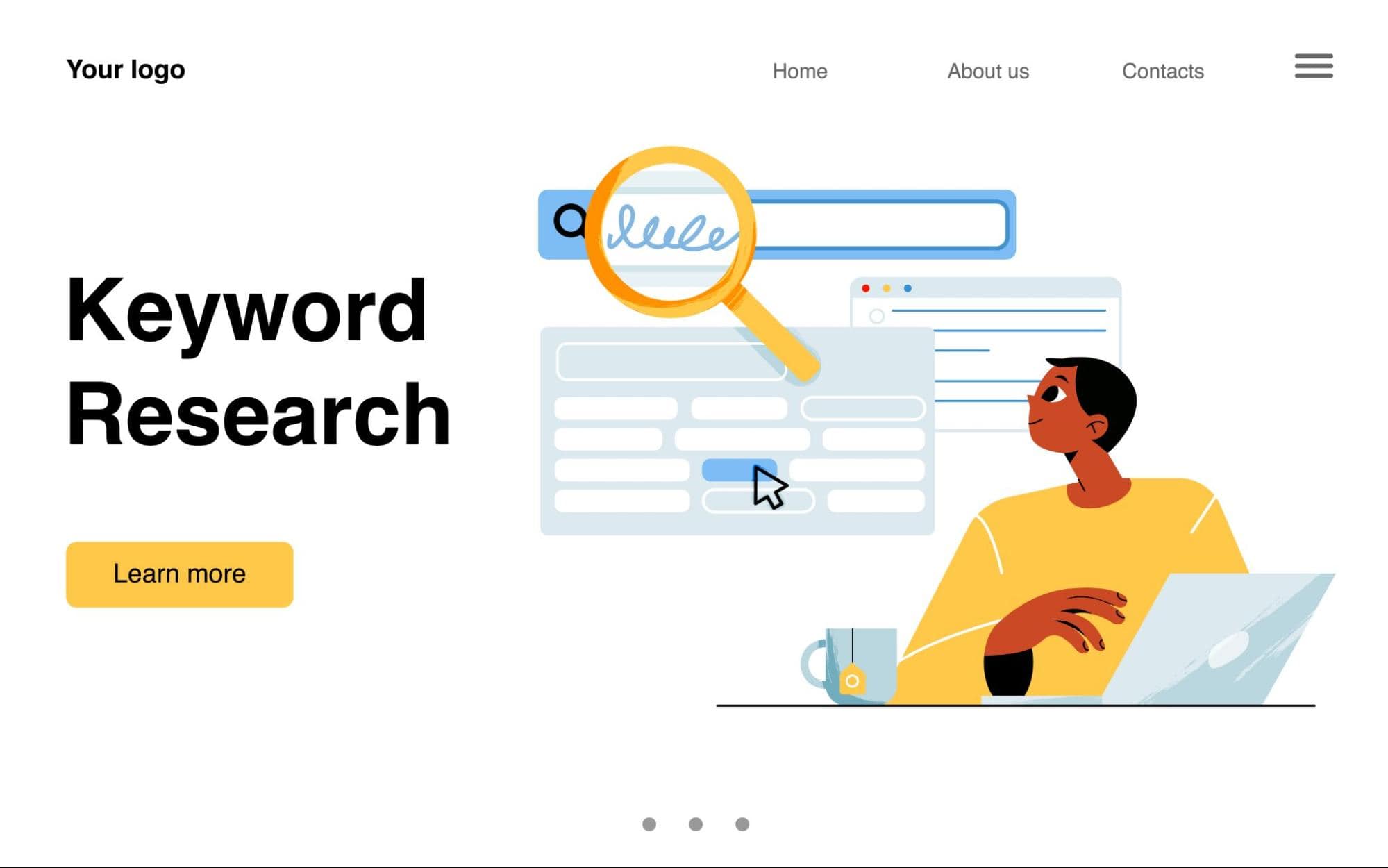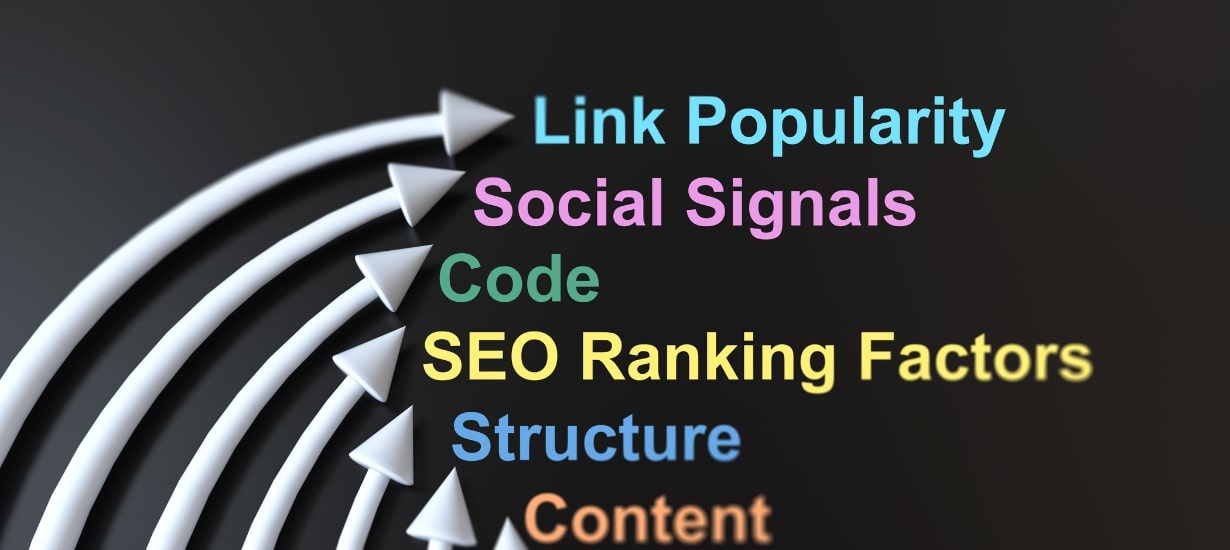Managing SEO for one location is challenging, but for multiple branches across different towns or cities? That’s a whole different level. Each competes in its local market with unique audiences, keywords, and competition. Without tailored strategies, you're risking lost visibility and revenue.
Multi-location businesses face unique local SEO challenges. From inconsistent listings to poor GBP optimization, one weak link can hurt your rankings.
That’s why you need a strategy that gives each location the visibility it deserves without doubling or tripling your workload.
In this guide, we’ll walk you through the essentials of local SEO for multi-location businesses to streamline it all for scalable results.
Local SEO for Multi-Location Businesses: 9 Must-Do Steps

Each branch should have its own landing page on your website. This helps search engines understand where you operate and improves your chances of ranking in local results.
What to include on each page:
- Accurate Name, Address, and Phone (NAP)
- Location-specific content about services or staff
- Embedded Google Map for the address
- Local business hours and photos
- Reviews from customers in that area
Best practice: Use clean URLs like /locations/california/ for easy indexing.
How RankEgg helps: We create SEO-friendly, schema-marked location pages that scale with your business no duplicate content, no missed SEO signals.
Google Business Profile for Every Location
Every branch should have its own Google Business Profile (GBP). This boosts your visibility in local packs, maps, and branded searches.
Here’s how to do it right:
- Claim and verify each location separately
- Use unique business descriptions tailored to each area
- Select the most accurate categories for each branch
- Add location-specific photos and services
How RankEgg helps: From GBP setup to ongoing optimization, we manage multi-location listings and ensure consistency across all profiles.
Keep NAP Consistent Across All Directories
Your Name, Address, and Phone number (NAP) must be the same everywhere online. Even small inconsistencies can obscure search engines and hurt your rankings.
Where to check and fix NAP details:
- Google Business Profile
- Yelp, Bing, Apple Maps
- Local directories and industry platforms
Tools like BrightLocal or Yext can help manage these listings at scale.
How RankEgg helps: We audit all your listings and sync NAP info across the web to improve trust and local ranking signals.
Use Location-Based Keywords for Each Branch
To rank locally, each branch needs to target keywords specific to its service area. For example, “laser hair removal in Birmingham” should lead to a Birmingham-specific page, not a generic homepage.
Keyword tips:
- Include the city or neighborhood in your titles, headers, and meta descriptions
- Avoid keyword stuffing, keep it natural and readable
- Use tools like Google Keyword Planner to find search terms with local intent
How RankEgg helps: We build a location-by-location keyword strategy that helps every branch attract its ideal audience.
Build a Localised Content Strategy

Each location should be featured in unique, relevant content. This helps with local SEO and builds authority in each region.
Local content ideas:
- Area-specific blog posts (e.g., “Top Beauty Trends in Leicester”)
- Local customer success stories or testimonials
- Coverage of local events or community involvement
Don’t duplicate content across locations search engines want unique value for each area.
How RankEgg helps: We plan and produce content tailored to each location’s audience, search trends, and business goals.
Get Location-Specific Reviews and Manage Your Reputation
Local reviews are a trust signal for both Google and your potential customers. Each branch should actively collect and manage its own reviews.
Why it matters:
- Google displays reviews by location
- More reviews = higher visibility and conversion rates
- Negative reviews need fast, professional responses
Tips to encourage reviews:
- Send follow-up emails or SMS after appointments
- Add QR codes in-store to direct people to your GBP
- Train staff to ask happy customers for feedback
How RankEgg helps: We automate review generation, monitor responses, and build a positive online reputation for every branch.
Add Local Business Schema Markup
Schema markup tells search engines more about your business. It helps them display rich results like addresses, hours, and reviews.
What to include:
- LocalBusiness schema
- Address and phone number
- Opening hours
- Geo-coordinates
Tools: Use plugins like Rank Math or Schema Pro, or custom-code it for larger platforms.
How RankEgg helps: We implement structured data for every location, improving your chances of showing up in Google’s rich features.
Build Local Backlinks by Location
Backlinks still one of Google’s top ranking elements, but for local SEO, where the links come from matters.
Aim for links from:
- Local news sites
- Chambers of commerce
- Community blogs or event pages
- Location-specific directories
How RankEgg helps: We build high-quality backlinks for each location through local outreach, PR, and relationship building.
Track SEO Performance Separately for Each Location
You need to know how each branch is performing individually not just your site overall.
Set up:
- Separate views in Google Analytics or GA4
- Location-based tags and UTM tracking
- Search Console properties for key pages
- GBP Insights to see phone calls, directions, and searches per location
How RankEgg helps: We provide dashboards that break down performance by branch, so you always know where to improve.
Get Expert Support for Scalable Local SEO
Local SEO for multi-location businesses isn’t just about doing more it’s about doing it smarter. Each location deserves its own strategy, its own visibility, and its own results.
At RankEgg, we make it easy to grow locally everywhere.
RankEgg’s Multi-Location SEO Services Include:
- Multi-location GBP setup & optimization
- Location landing page creation
- Citation management & NAP syncing
- Custom content creation by location
- Local backlinks and authority building
- Performance tracking dashboards
Conclusion
If you’re running a business with more than one location, your local SEO strategy needs to go beyond the basics. From GBP management to content creation and performance tracking, every detail matters. With RankEgg by your side, you can give each branch the visibility it deserves without getting lost in the complexity.
FAQs
It’s a strategy that helps each branch of a business rank in its own local search area. It focuses on local pages, listings, reviews, and keywords.
Each page targets a specific area and helps search engines reach your business with local searches. It also gives your visitors clear information for that location.
No. Duplicate content can hurt your SEO. Each location page should be special and tailored to its city or region.
More positive reviews improve your trust score with Google and customers. Reviews also influence click-through rates and local pack visibility.

